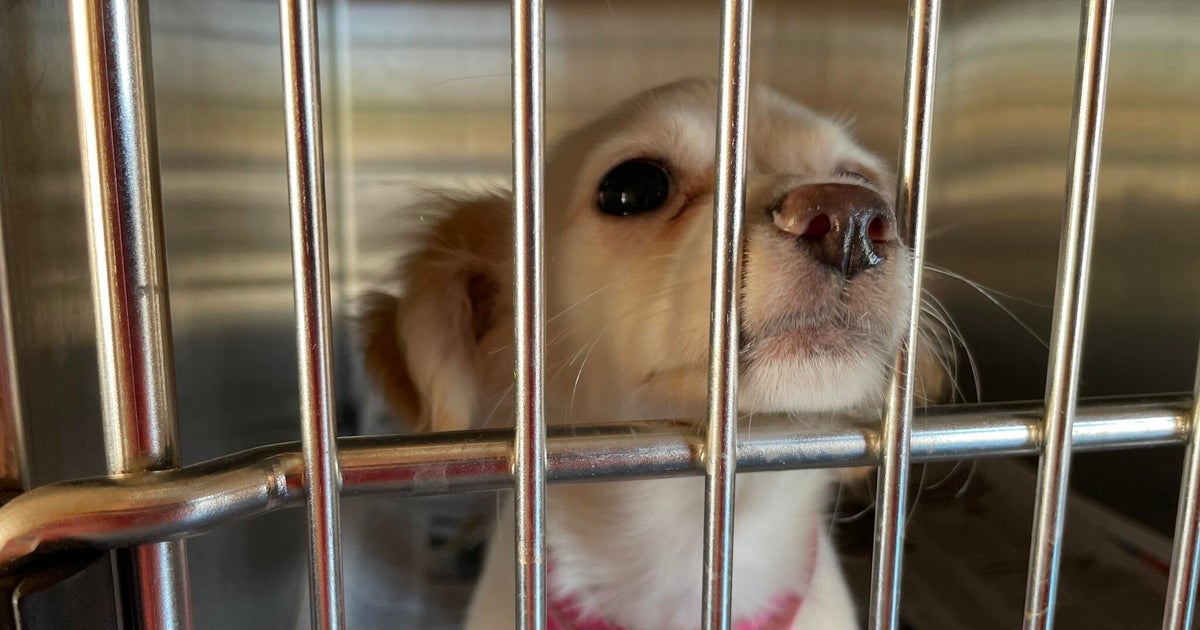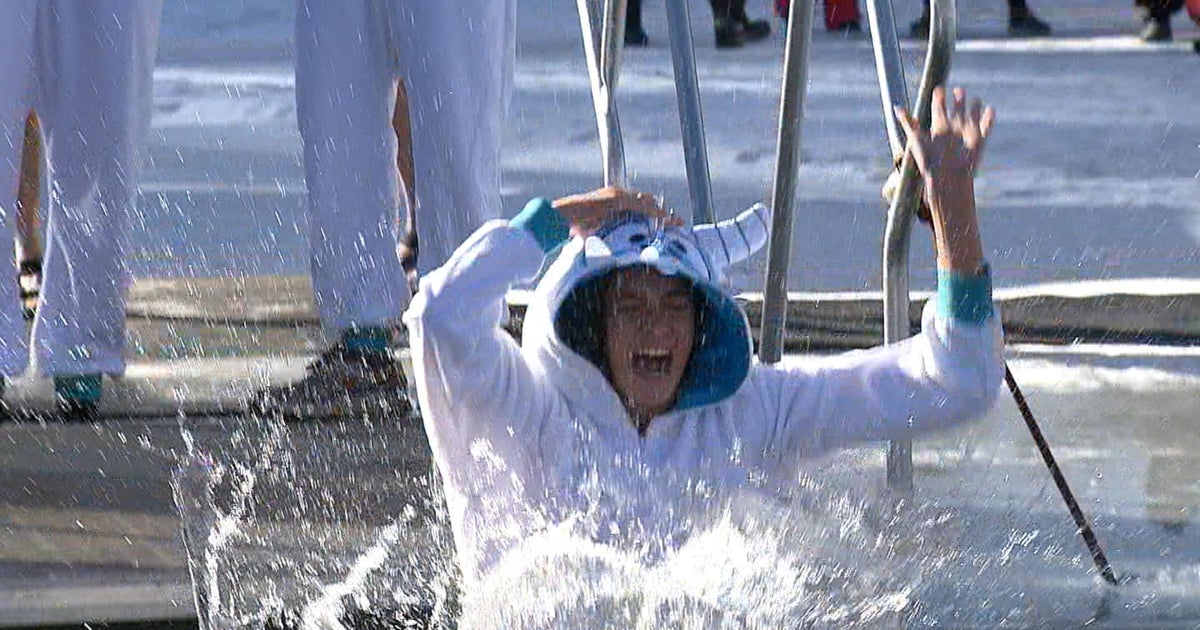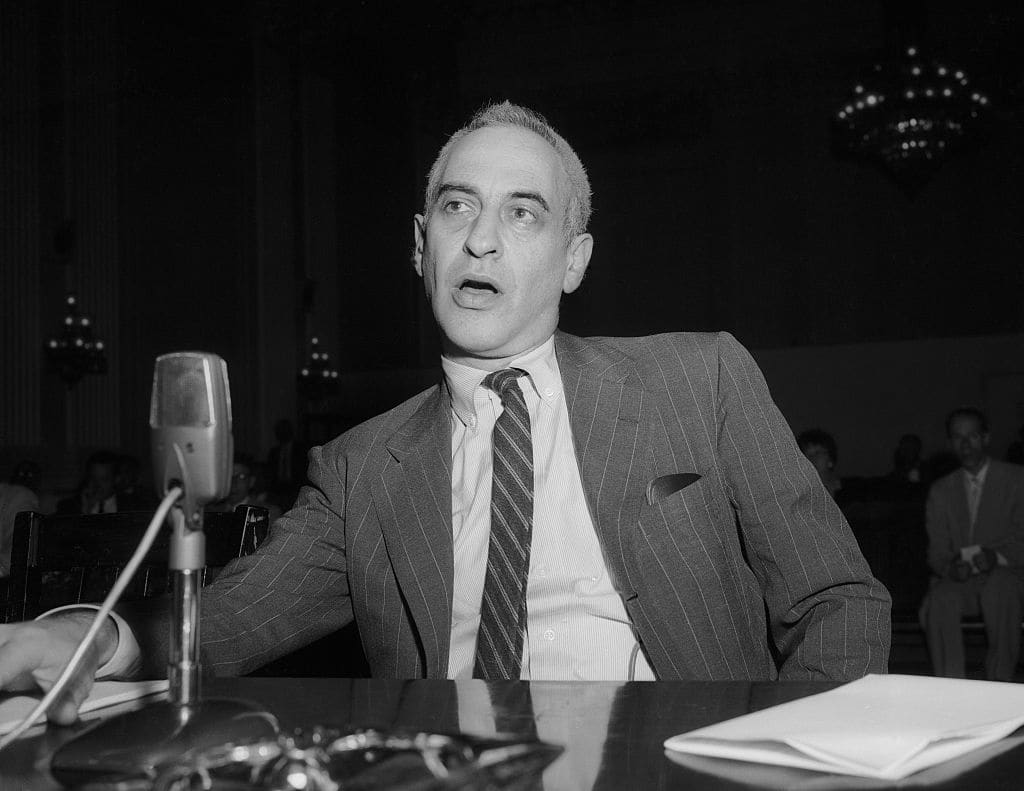De-extinction: Bringing animal species back from the brink
Inside the National Black-Footed Ferret Conservation Center, in Carr, Colorado, Dr. Della Garelle, a veterinarian with the U.S. Fish and Wildlife Service, is leading the effort to bring one of America's most endangered species back from the brink of extinction.
"Sunday Morning" was invited to witness Garelle's physical exams of the ferrets ahead of breeding season. "We gotta check out the goods because, well, it's a breeding program, right? So, we can't be shy," she said.
It was only a few decades ago that reproduction wasn't even thought possible; the species was believed to be extinct, due to habitat loss and disease. But in 1981 the federal government tracked down the only known colony, and started this breeding program, with just seven ferrets.
That makes Turmeric, one of the descendants of the seven founders, "very related" to all the other ferrets, said Garelle. And "very related" can be a tricky thing in the genetic pool. "Yeah, absolutely," she said. "More diversity is better. Then, you're more prepared for things like change, climate and otherwise."
Since 1991, more than 4,000 genetically-similar ferrets have been released back into the wild, where they help restore balance to the ecosystem. But with such a small gene pool, disease could wipe them all out.
That's where wildlife biologist Robyn Bortner comes in. She tries to be the ferret matchmaker. And there's no bigger catch in this dating pool than Elizabeth Ann, a black-footed ferret that was produced using interspecies somatic cell nuclear transfer cloning. In 2020 she was the first endangered species native to North America ever to be cloned, using decades-old DNA from a black-footed ferret named Willa.
Vigliotti asked, "We're essentially looking at a carbon copy of a black-footed ferret from the '80s?"
"Yes, correct," Bortner replied.
Willa's cells have been frozen since 1988 and kept at the San Diego Frozen Zoo, the largest bank of living animal cells in the world. By collecting and storing all this DNA, the Frozen Zoo is at the forefront of an emerging field: de-extinction.
There are more than 10,000 samples here, everything from skin to feathers.
Curator Marlys Houck said, "When I was freezing cells from the northern white rhino, there were 50 living. And then now, there's two left."
Vigliotti asked, "What does this container of vials represent to you?"
"The future of these species," said Barbara Durrant, the director of reproductive sciences at the Frozen Zoo. She said their bank of cells could help save an estimated one million species at risk of extinction, mostly because of us.
And in some cases, a species' depleted population might only be corrected by us. Durrant said, "If we disappeared, a lot of things would grow back. But some populations are so small, or don't even exist except here, that they would not be able to regenerate without us."
And that next frontier in regeneration may come through cloning, when tissue cells are grown in the lab and then transferred into a donor egg that's had its nucleus and DNA removed. That egg then develops into an embryo, which is implanted into a surrogate. The result? A cloned ferret pup, like Elizabeth Ann; and, most recently, Kurt, an endangered Przewalski's horse now at the San Diego Zoo Safari Park.
This de-extinction science got some wondering: "What about DNA from species lost ages ago?"
At Colossal Biosciences, in Dallas, Texas, this new tech company has raised hundreds of millions of dollars to bring back extinct species like the dodo bird (which died off in the 1600s) and the woolly mammoth (which was wiped out three thousand years ago).
Vigliotti said to Colossal Biosciences founder Ben Lamm, "I hear mammoth and dodo in the same sentence and, you know, it's science fiction to me."
"Yeah, I mean, it is," said Lamm, "until it's not."
Lamm said the first cloned woolly mammoth could be born in five years, and eventually be reintroduced to its native tundra habitat. A dodo chick could take longer, because we don't yet know how to clone birds.
Paleogeneticist Beth Shapiro said, "If you're willing to accept something that is similar to a dodo in some physical way, but not identical, we'll get there a lot sooner than if you want something that is exactly like a dodo."
As Shapiro explains, an animal's DNA starts to break down in the wild as soon as it dies. So, there's no perfectly-preserved dodo or woolly mammoth genetic material left. [And, sorry, this is where we tell you that dinosaur fossils are too old to contain any usable DNA.]
But Shapiro can still extract pieces of DNA from bones she finds in the field. "We will look at places where the permafrost, the frozen dirt, where many of these bones are preserved, is melting," she said.
The bits of DNA are then extracted from those bones, sequenced in a lab, and used as a template for editing DNA in the cells of the mammoth's closest existing relative, the Asian elephant, to create a creature approaching the real thing.
Vigliotti asked, "Why is de-extinction so exciting that it opens up the bank?"
"People are attracted to the impossible, or to what they see as impossible," Shapiro replied. "Would I like to have seen $225 million invested into traditional conservation? Yes. Would I also like to see this money being invested into Colossal so these new tools can be developed? Absolutely yes. And that's where I see the real value of this technology. We can use these same tools to stop species from becoming like the mammoth."
But the science may take longer than expected. It was recently learned Elizabeth Ann is unable to reproduce. Robyn Bortner said, "We discovered, unfortunately, her reproductive tracts had not developed completely normally."
But the work continues, because the easiest way to save a species is to protect it before it's gone. Vigliotti asked, does the Frozen Zoo and its bank of animal cells in the world help with that battle?
"This is, in many cases, the only thing that's going to help," said Barbara Durrant. "Once the cells are here, they can be here indefinitely. So, it's important that we get the cells now, and then we can work out the techniques for the future."
For more info:
- National Black-Footed Ferret Conservation Center, Carr, Colo.
- The Black-Footed Ferret Project (Revive & Restore)
- San Diego Zoo Wildlife Alliance Frozen Zoo
- Colossal Biosciences, Dallas
- Paleogeneticist Beth Shapiro, University of California, Santa Cruz
Story produced by Sari Aviv. Editor: George Pozderec.
See also:
- Resurrecting the extinct ("60 Minutes")
- Pet cloning: Man's best friend, again ("Sunday Morning")








